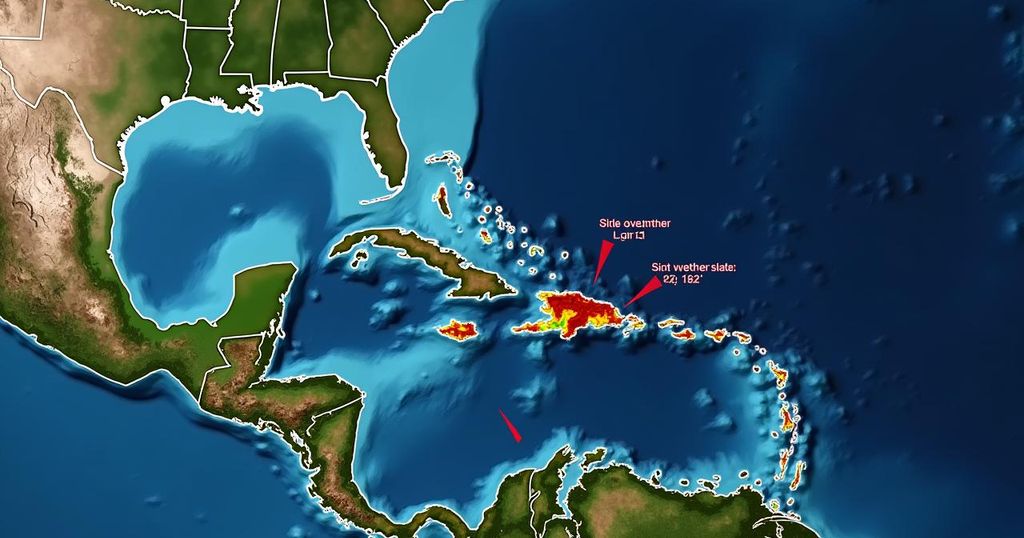Tropical Storm Milton: Projected Path and Implications for Florida
The National Hurricane Center reported that Tropical Storm Milton is likely to affect Florida with hurricane-strength conditions by Wednesday. It is the 13th storm of the season, following deadly Hurricane Helene. Meteorologists monitor wind speeds for storm classification, which is crucial for anticipating the associated dangers such as wind, storm surge, and flooding. Predictions indicate a particularly severe hurricane season this year, with numerous tropical storms expected.
Tropical Storm Milton has emerged over the Gulf of Mexico and is projected to affect Florida with hurricane-strength winds and significant rainfall by Wednesday, according to a Saturday report from the National Hurricane Center. Milton represents the 13th named storm of the current hurricane season. As is typical with such systems, the potential impacts may extend considerably north and south of the storm’s center upon landfall. Should Milton maintain its current path and intensify into a hurricane, it would mark the second hurricane to make landfall in Florida in a short span, following Hurricane Helene, which struck less than two weeks ago as a Category 4 storm, resulting in record-high storm surges and over 220 fatalities from Florida to Virginia. The formation and enhancement of hurricanes rely on specific environmental factors within the Atlantic Ocean. Meteorologists meticulously monitor a storm’s wind speed—a crucial factor for classifying the storm. Once a cyclone’s winds reach 39 mph for one minute, it is identified as a tropical storm and assigned a name. Upon hitting 74 mph, it is classified as a Category 1 hurricane with further classifications extending to Category 5. These categorizations are vital for anticipating potential hazards and damage, as well as issuing pertinent warnings regarding the severe winds, storm surges, and flooding that often accompany landfall. Tropical storm-force winds are hazardous, and hurricane-force winds can wreak havoc on structures and propel debris into the air. These winds can also contribute to storm surge, which poses the greatest risk of fatalities during hurricanes in the United States, as stated by the National Weather Service. Storm surges can push seawater inland, significantly increasing sea levels and creating dangerous conditions. As a storm progresses inland, the threat of flooding escalates. Cyclones frequently produce in excess of six inches of rainfall, overwhelming drainage systems and the ground’s absorption capacity, leading to flash floods that can persist long after the storm has passed. Historically, the hurricane season reaches its peak around mid-September, and forecasts from the National Oceanic and Atmospheric Administration suggest this season may be particularly severe, with predictions of 17 to 25 tropical storms, including four to seven potential major hurricanes.
The text discusses Tropical Storm Milton, which has formed in the Gulf of Mexico and threatens Florida with hurricane conditions. It provides context on the storm’s classification system based on wind speed, followed by elaboration on the hazards associated with tropical storms and hurricanes, including storm surge and flooding. The broader implications of this hurricane season are addressed, especially in light of recent severe storms like Hurricane Helene.
In summary, the formation and trajectory of Tropical Storm Milton pose significant threats to Florida, echoing the dangers of past storms such as Hurricane Helene. Accurate meteorological tracking and understanding the classification and impact of such storms are essential for public safety and preparedness in the face of potential flooding and wind damage.
Original Source: www.washingtonpost.com




Post Comment